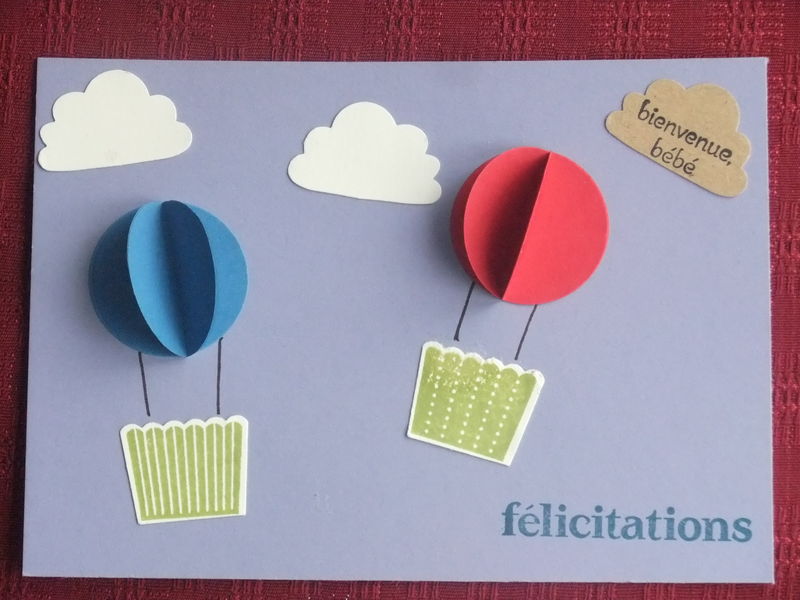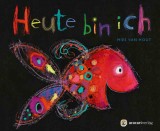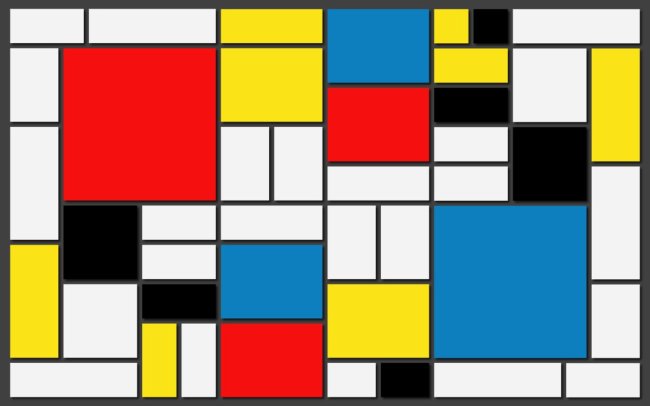The challenge of nouns and definite/ indefinite articles in German and cases with young learners can seem like a huge challenge but I think we need to break this down and look for small steps of progression over four years.
The beauty of German is that there are very clear rules as qe use nouns in the nominative, accustaive, dative and genitive cases
I think that over four years we can help the children in primary German rto have "basic understanding of nouns"
What I am describing below will take the four stages ( four years of primary language learning to develop.
- Let's go catching nouns , like you would catch butterflies.Preciuous , to be looked after carefully and to be examined and observed!
- Let's make it exciting - I mean how exciting is it that there are three types of nouns in German masculine , feminine and neuter.Let's make it an exciting exploration!!
- Let's make sure from the beginning that the young learners do not asscoaite thes three terms with sexual gender but see the titles "masculine","feminine" and "neuter" as tags or labels.The blog post here on tags and labels for nouns may help you too .Nouns, definite articles,indefinite articles and colour card tricks
- Let's keep on talking about nouns, revisiting and reviewing nouns with our young learners too- across content and contexts and year groups and stages of learning.
- Let's put our nouns and finding about nouns as we explore the four cases - Nominative,Accusative,Dative and Genitive in to noun nets and let's reviit and explore them throughout the year and then across the year groups as we find out more!
Noun Nets One!
In our first noun net with stage one / beginner German learners Let's just collect singular nouns and let's collect tags or labels.
Let's put the nouns we are learning (e.g. animal nouns) in to one large net as written word cards with the definitie article
Let's take the nouns out of the net one by one and examine the nouns carefully.Can we spot the different definite articles?
Why not use my idea of the magnifying glass for this?
The mysterious World of grammar and the maginfying glass
Let's add a new category and add plural nouns and the definitie article "die"
Let's explore plural endings and how we can spot the difference between for example "die Schlange" and "die Schlangen"
Let's catch and sort our feminine nouns in two different nets!
Noun Nets Two!
Let's sort our nouns!
Can we categorise the nouns and place them in three nets - "der/ die and das" nets.
Let's be honest with the choldren and explain that the nouns have speical titles "masculine,feminine and neuter"
Let's right from the start explain that the masculine does notr mean male etc
We can continue over four years to gently remind our learners so they have lots of chances to understand the "basic grammar facts "
Let's sort nouns using the game in this blog post I Spy Nouns- we can revist this activity many time too!
Noun Nets Three!
With stage two , moving on learners on Year 4...
Let's look at nouns after the verb "haben".
Let's be positive and let' use "ich habe...."
Can we spot the difference in the spelling of the definite article
Can we create four new nets and place these below the first four nets that we already use.
Where are we going to put the nouns now?
Ich habe den Hund
Ich habe die Schlange
Ich habe das Kaninchen
Ich habe die Katzen
Let's apply the rule we have made as a class and see if it works with a question..."Hast du....?"
(Maybe at this point you want to talk with the children about the "object" of the sentence... answering the question "What item are we talking about?" )
Remember it will be important to keep on talking about nouns, revisiting and reviewing nouns with our young learners too- across content and contexts and year groups and stages of learning.
Let's apply this rule to indefinite singular article nouns too now ......
Bring out I Spy Nouns again- a familiar activity but a new challenge to ask and answer questions with the verb "haben" and to use indefinite articles with the nouns....before sorting in to "noun nets"!
Noun Nets Four!
With stage three, moving on learners at the start of Year 5 ....
Let's introduce some important prepositions and the effect that these prepositions have upon the definite and indefinote articles....
Break this down - don't bombard them- start with an accusative preposition "für"and investigate and apply the rules the children already used in"noun nets 3
Now make it exciting....spot the changes and track the family of the nouns definite article- introduce a dative preposition "mit".
Can the children create the next layer of noun nets - "dem / der/ dem/ den!".
Take time over the year to explore some more useful prepositions and their relationships with definite artciles - zu / von / nach .Try to keep these explorations to prepositions that don't change from Accustaive to Dative.
do talk with the children about these fascinating words "Nominative" "Accusative" "Dative " use them just like with UKS2 you might use the term"Algebra" or "Fraction"
Give your learners the chance over a period of time to just see these words as labels and signposts and useful as list headings for prepositions.....
You may like to use the Spin the Wheel Game to practise use of Nominative,Accusative and Dative Definite Articles.
Noun Nets Five!
With stage three or four , moving on learners at the end of Year 5, moving in to Year 5 ....
Let's explore the Genitive case ....
Let's once again use all our apporaches from Noun Nets 1,2,3,4 and let's make it an exciting discovery .
Ask the children if they can define for you what power the definite article in the Genitive has .... Can they suggest a sense of belonging or ownership? Lead them to see this relationship
And guess what set up your Noun Nets again!






















